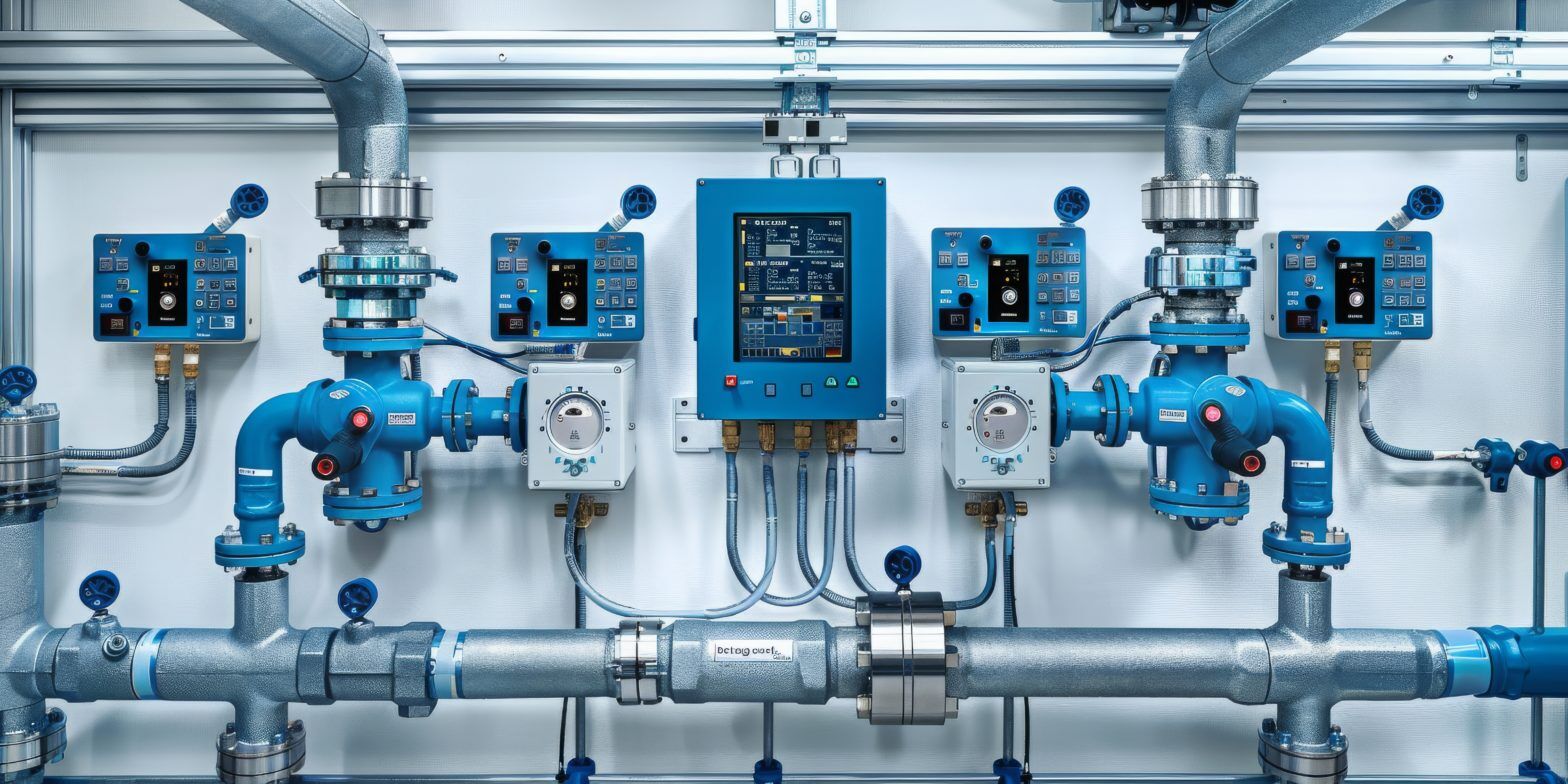
Designing Robust Water Pressure Systems for Industrial Plants
Ensuring a stable water supply is a critical strategic priority. Between fluctuating municipal pressures, growing populations, and climate disruptions, the question isn’t whether your facility needs resilient water pressure, but how quickly you can achieve it. A well-designed booster pump system is your frontline defense, safeguarding fire sprinklers, keeping essential processes online during mains failures, and protecting your capital assets when every second counts.
At Vissers Sales Corp, we’ve spent decades helping facilities across Canada design and install water-pressure booster pump systems that deliver unwavering reliability. Here’s a strategic blueprint, distilled from our extensive experience, to ensure your next project hits the sweet spot for resilience.
Align Fire Protection with Municipal Backup Needs from the Start
Emergency booster systems typically serve two crucial, interconnected purposes: fire protection (meeting compliance-required flow at specific pressures with redundancy) and municipal backup (maintaining stable domestic or process pressure when city supply falters). Trying to address these separately often leads to oversized or underperforming systems when you need them most. Modern integrated systems, like the Grundfos BoosterpaQ, seamlessly combine variable-frequency-drive (VFD) jockey pumps for daily demand with dedicated fire pumps, ensuring compliance with fire codes while sharing a common header.
Embrace Technology that Grows with your Demands
Variable-frequency-drive (VFD) booster pumps are now the industry standard for good reason. They instantly adjust speed to meet target pressure, significantly reduce energy costs during low-demand periods, and minimize hydraulic hammer, which extends the life of your pipes and valves. Look for pumps that automatically scale from single-pump domestic use to full multi-pump fire flow with integrated pressure and flow sensors.
Build in Redundancy and Put it to the Test
True resilience isn’t just a concept on paper; it’s about proven availability. Best practices include an N+1 pump configuration (one extra unit beyond peak demand, with rotational duty cycling to equalize wear), dual power feeds (utility plus generator or UPS), and weekly automatic test cycling. This low-flow bypass returns water to suction, keeping seals wetted without wasting potable supply.
Understand Canadian Codes and Insurance Requirements
When designing your system, you’ll need to collaborate with provincial fire marshals, local water authorities, and insurers.
Key regulations to be aware of include:
- NFPA 20: This standard, while American, is widely adopted and referenced in Canadian provincial building and fire codes, governing the selection, driver types, and controller requirements for stationary pumps for fire protection.
- CSA B139: This Canadian Standards Association code, “Installation Code for Oil-Burning Equipment” may apply to diesel fire-pump drivers.
- Provincial and Municipal By-laws: Local regulations will also dictate specific requirements for backflow prevention and environmental rules for test water discharge (often aligning with federal acts like the Canadian Environmental Protection Act, or CEPA).
Navigating these interconnected Canadian standards and regulations is key to ensuring both safety and optimal performance of your system.
Plan for Long-Term Maintenance from Day One
Even the most advanced booster system is only as reliable as its maintenance program. Incorporate features that facilitate easy upkeep: isolation valves and spool pieces for quick pump replacement, gauges at suction and discharge to track degradation, and remote monitoring via Building Management Systems (BMS) or Industrial Internet of Things (IIoT) for real-time alarms. A proactive maintenance plan is a small investment compared to the costly downtime caused by a neglected jockey pump when inspection day rolls around.
The Vissers Advantage
Designing a code-compliant, energy-efficient, and truly resilient water-pressure booster pump system involves more than simply selecting equipment. Our team meticulously audits your facility’s hydraulic profile, peak flow curves, and fire code obligations. We then custom-size a turnkey solution, complete with commissioning and comprehensive operator training.
Whether your facility needs a compact Grundfos BoosterpaQ for a mid-rise building or a robust dual-source booster/fire setup for a sprawling warehouse, Vissers Sales Corp is committed to delivering certified reliability.
Ready to strengthen your facility’s emergency water supply? Contact us today using our website or toll-free number, 1-800-367-4180 to start the conversation.
